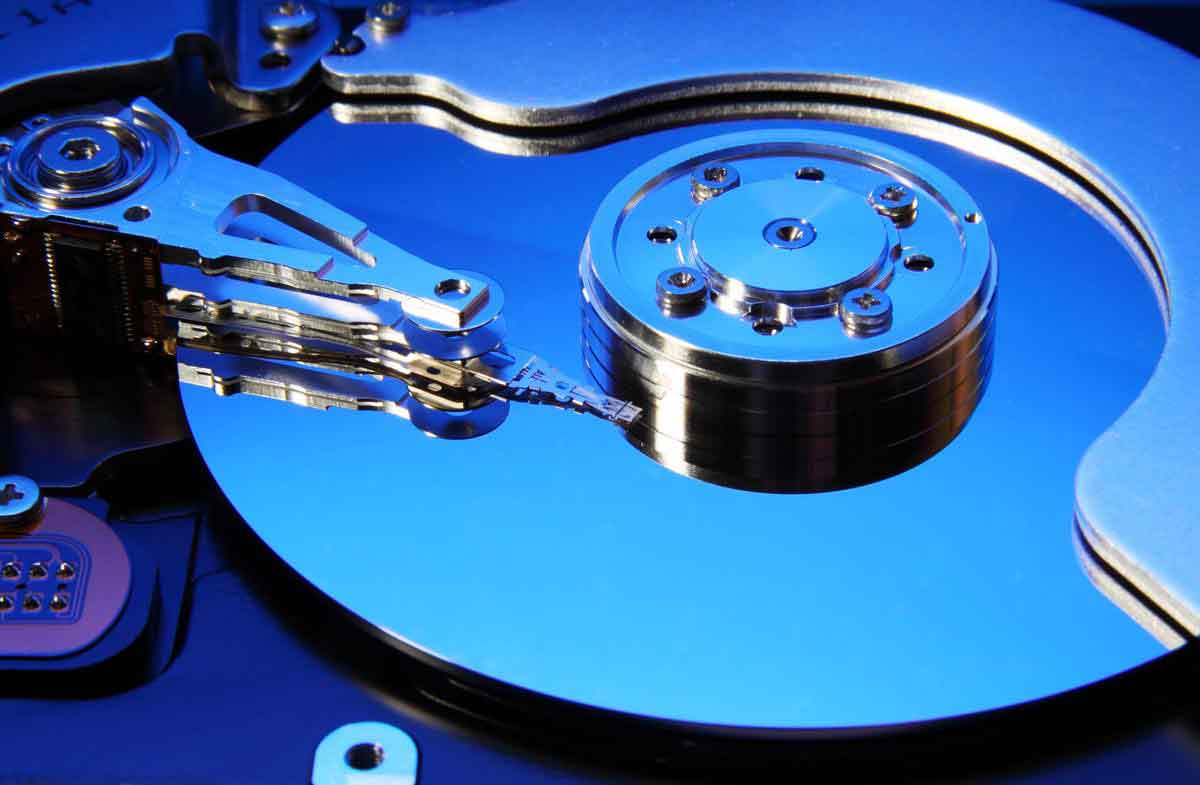Solid-state drives (SSDs) have gained significant popularity due to their speed, durability, and reliability. However, despite their advantages, SSDs can still experience failures, leading to potential data loss. While data recovery from traditional hard disk drives (HDDs) has been relatively straightforward, SSDs present unique challenges in the data recovery process. In this blog post, we will delve into the reasons why SSDs can fail to recover data, shedding light on the complexities of SSD data recovery.
NAND Flash Memory Degradation
One of the primary reasons why SSDs can be challenging to recover data from is the inherent nature of NAND flash memory—the technology that powers these drives. NAND flash memory cells have a limited number of write cycles, and as data is written and erased repeatedly, the cells gradually wear out. This process, known as NAND flash degradation, can result in the loss of data stored in affected cells. As a result, data recovery specialists face the obstacle of retrieving data from these deteriorated memory cells.
Complex Data Structures
Unlike HDDs, SSDs employ complex data structures, such as wear-leveling algorithms and TRIM commands, to optimize performance and extend the lifespan of the drive. These techniques distribute data evenly across memory cells and facilitate faster write speeds. However, these very mechanisms can complicate data recovery services attempts. Wear leveling, for example, scatters data across different memory locations, making it challenging to piece together fragmented information. Similarly, TRIM commands can permanently erase data, making it unrecoverable.
Encryption and Secure Erase
To enhance data security, many modern SSDs employ hardware-based encryption techniques. While encryption is beneficial for protecting sensitive information, it adds another layer of complexity to the data recovery process. Without the correct decryption key, it becomes extremely challenging—if not impossible—to recover encrypted data. Furthermore, SSDs often offer a secure erase feature, which allows users to wipe the drive’s contents thoroughly. If a secure erase operation has been performed, the chances of recovering any data become minimal.
Firmware and Controller Failures
SSDs rely on firmware and controllers to manage the storage operations and interface between the drive and the computer. However, firmware and controller failures can lead to data inaccessibility. If the firmware becomes corrupted or malfunctions, the drive may become unresponsive or exhibit erratic behavior. Similarly, controller failures can impede data recovery efforts by preventing communication with the drive. In such cases, specialized techniques and equipment are often required to recover the data successfully.
Physically Damaged NAND Flash Chips
Physical damage to NAND flash chips can occur due to various factors, including power surges, physical trauma, or manufacturing defects. When the NAND flash chips are damaged, recovering data becomes significantly more challenging. In such cases, data recovery services experts may need to perform chip-off procedures, involving the removal and direct access to the NAND chips. These advanced techniques require specialized equipment and expertise, making the data recovery process more complex and time-consuming.
Conclusion
While SSDs offer numerous advantages over traditional HDDs, they also present unique challenges when it comes to data recovery. NAND flash degradation, complex data structures, encryption, firmware and controller failures, and physically damaged NAND flash chips all contribute to the difficulty of recovering data from SSDs. As SSD technology continues to evolve, it is essential to recognize the limitations and complexities involved in SSD data recovery. Data recovery specialists must stay up to date with the latest techniques and tools to maximize the chances of successful data retrieval from SSDs.
Data recovery from SSDs requires specialized knowledge, expertise, and cutting-edge tools. It is crucial to consult professional data recovery services with experience in dealing with SSDs to maximize the chances of successful data retrieval. They possess the technical know-how and the necessary equipment to overcome the challenges associated with SSD data recovery.
Additionally, it is vital to have regular backups of important data stored on SSDs. Implementing a robust backup strategy ensures that even in the event of SSD failure, data can be restored from backup sources, minimizing the impact of potential data loss. Regularly backing up data to external storage devices or cloud-based solutions provides an added layer of protection and peace of mind.
As technology advances, hard drive data recovery techniques will continue to evolve. Manufacturers are making efforts to enhance the reliability and recoverability of SSDs by implementing features like power loss protection, advanced error correction algorithms, and improved firmware. These advancements may address some of the challenges associated with RAID data recovery.




